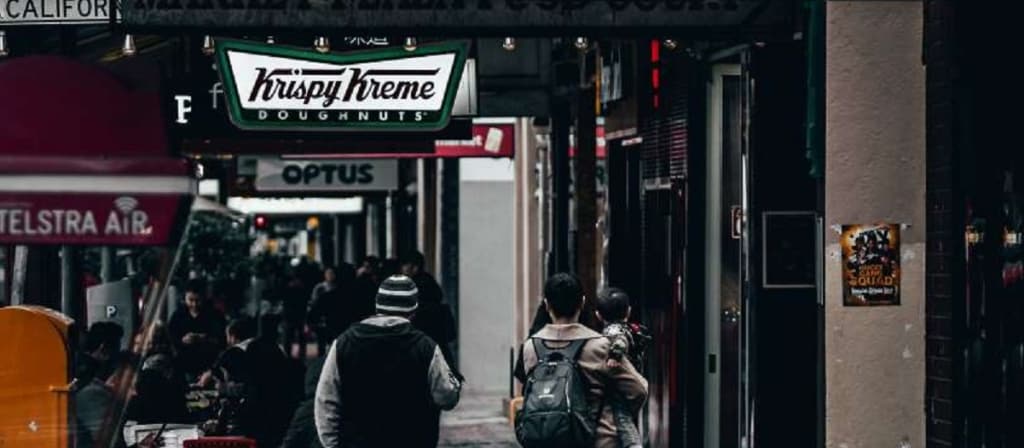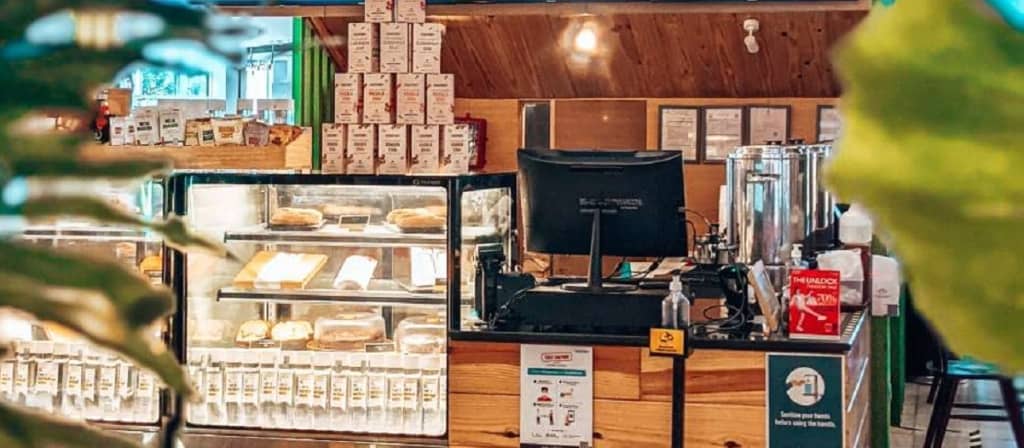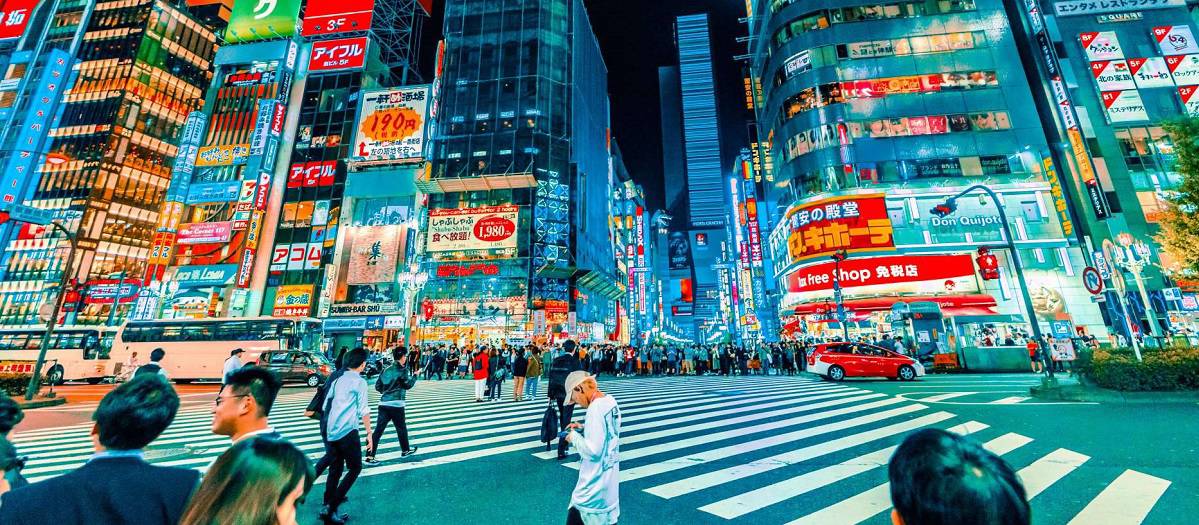If retail were a game, then data would be the player’s guide. That’s because understanding who your shoppers are and what they like to do is an incredibly powerful way to improve their experience. It lets you tailor your message to specific types of people based on their activity within your store or on your site.
But first, you need to collect the data so you can act on it. Here are some tips on how retailers can leverage their in-store marketing efforts for that very purpose.
Identify shoppers pattern
Online retailers already have their customers in mind, hence enabling them to premeditate customers’ actions when they’re online shopping. However, how do you think you would prejudge a customer’s needs before they walk into your physical store? Sure, you might know the basics of your shoppers’ behaviour, how many came in over the weekend or weekday or at what time. But how can you utilise such data to create a better shopping experience for them?
A fantastic way to do that is by leveraging shoppers’ smartphone signals.
For example, Curalate’s technology collects signals from smartphones that are in the range of an image or social media post. Then use that information to provide you with insights into the demographics of who is engaging with your content and how they feel about it. This in turn helps you tailor future messaging according to consumer needs. Instead of just focusing on what people look at, you can also use it to figure out how they feel about products.
Here’s an example of how this works with Curalate’s “like” signal — which tells you whether or not shoppers like your products so that you can determine the most popular items.

Use smart way finding tools
One of the main challenges for retailers is how to get shoppers from point A to point B within a store. The more efficiently they can do this, the more likely they are to make purchases and increase customer satisfaction.
In-store wayfinding tools like digital signage give you insight into where people are coming from and going, which helps you determine what path leads them to your most popular products.
For example, a market research firm used digital screens to show where people were going within a mall, along with which routes they took. They found that over 90% of them went down the same two paths every time. Armed with this information, they knew exactly where to place their mobile wayfinding tool so as to catch the most eyes.
Integrate online and offline data with Curalate’s Marketing Cloud
Retailers can combine their in-store marketing efforts with the rest of their digital marketing initiatives by using Curalate’s Marketing Cloud. This gives them access to all of that customer behavior information that they’re already collecting on their website but applied to their in-store experience.
For example, our “Like” signal tells you what content has the most shopper engagement (and whether that’s an image or a social channel) and how shoppers feel about it (i.e., did they like it?) Look at this data within your Curalate Marketing Cloud dashboard to determine if shoppers are engaging with images more than anything else.
If so, you can use your in-store marketing efforts to focus on that same type of content whether that’s digital signage or a print ad. This way, you’re using the most effective form of non-intrusive advertising to encourage engagement for both online and offline shopping.
Encourage shoppers to engage with your brand
The more ways you have for customers to interact with brands, the better. Digital signage is one of those ways. Showcase your most popular products on screens throughout the store or give out QR codes that take shoppers straight to an item’s product page. Make it easy for them to interact with your brand in ways that are meaningful to them.
For example, Macy’s created a personalised digital signage experience for shoppers by showing them how much they saved on last year’s items when they walked into the store. To do this, they used Curalate’s “Like” signal because there was no better way to personalise content than by using shopper engagement data.
Use social media to engage customers
Social media is one of the most popular ways that people shop with their smartphones, so it makes sense that brands would want to engage with shoppers on these channels as well. Create personalised messages for customers who are interacting with your brand on these platforms and encourage them to make offline purchases, whether they are in-store or on your website.
For example, if you find that most of your shoppers are interacting with images on Pinterest, then you can message them to encourage them to check out their favorite items in-store.
Create relevant content
Retailers have plenty of data about what their customers buy, what they like and don’t like, and where they spend the most time. With that data in hand, retailers can create personalised content for them to see on screens throughout the store.
For example, if a shopper is looking at a women’s cashmere sweater on your website and you notice that most of your shoppers are interested in coats around this time of year, then you can strategically place signage nearby to advertise that coat.
Keep shoppers engaged with promotions and events
Retailers should use digital signage to keep their customers engaged throughout the year, not just during the holiday season. Promotions are critical for retailers because they encourage shoppers to make purchases on impulse.
For example, when shoppers walk through the door of a retail store, they should see a digital sign that says “Welcome! Enjoy 5% off your total purchase today with this QR code.” This way, they can get an instant discount on their shopping experience and grab some products that they were eyeing before.
Promote events
Promoting an event on digital signage is a great way to target specific customers at your store. Whether it’s a community event, special art exhibit, or product launch, retailers should strategically advertise these events on screens throughout the store so that they can capture new customers who are just passing through.
For example, if you’re hosting an event for an author’s new book release, you can promote it on digital signage to help spread awareness throughout the community.
Promote products that are flying off the shelves
Retailers who are willing to try something different can test whether their customers respond well to promotions that feature popular products. If they do, then retailers should use these promotions throughout the store to show shoppers that they should buy these products now because they might not be available in a few weeks.
For example, if you’re trying out this strategy, then you can feature popular products on digital screens as well as print materials such as posters and coupons. You never know — shoppers might just take the bait and purchase the product.
Make it easy for customers to make a purchase
Once you’ve obtained your customer’s attention, you want to take the next step as easily as possible. The best way to do this is by providing them with an in-store number that they can use to contact the store directly, or by giving them a QR code that they can show to cashiers.
For example, you can create a QR code with your company’s information on it so that shoppers who want to buy something from your store can simply scan it and make a purchase. Alternatively, shoppers who visit your website from the signage outside of your retail location will see an option to call you right on the page.

Provide customers with additional information
Customers want to be able to contact your business easily and they also want to learn more about your products, whether it’s pricing or product specifications. Providing them with this information on digital signage is an excellent way to help them before, during, and after their purchase.
For example, if a product is on sale, you can just as easily promote it on the signage as you would on your website. In addition to that, providing customers with information about each product will help them make an informed purchase.
Use instore audio to engage customers
Sound is one of our most powerful senses, but many brands are missing out on its potential to engage with their audience
Most brands solely focus on their messaging, visuals, and brand narrative; they usually ignore the big picture – the environment that supports all of these elements. It’s not enough to simply provide a soundtrack to accompany your selections. Retailers need to be more ambitious and think about how sound can make customers feel.
For example, from the moment a shopper enters your store to the time they leave, take advantage of sound to create context. Introduce them to the experience and set a musical ambiance through the entire journey. This could be anything from background music to voiceovers or even specific messages played through individual speakers.
With all these tips at hand, you are able to create an ultimate shopping experience.

